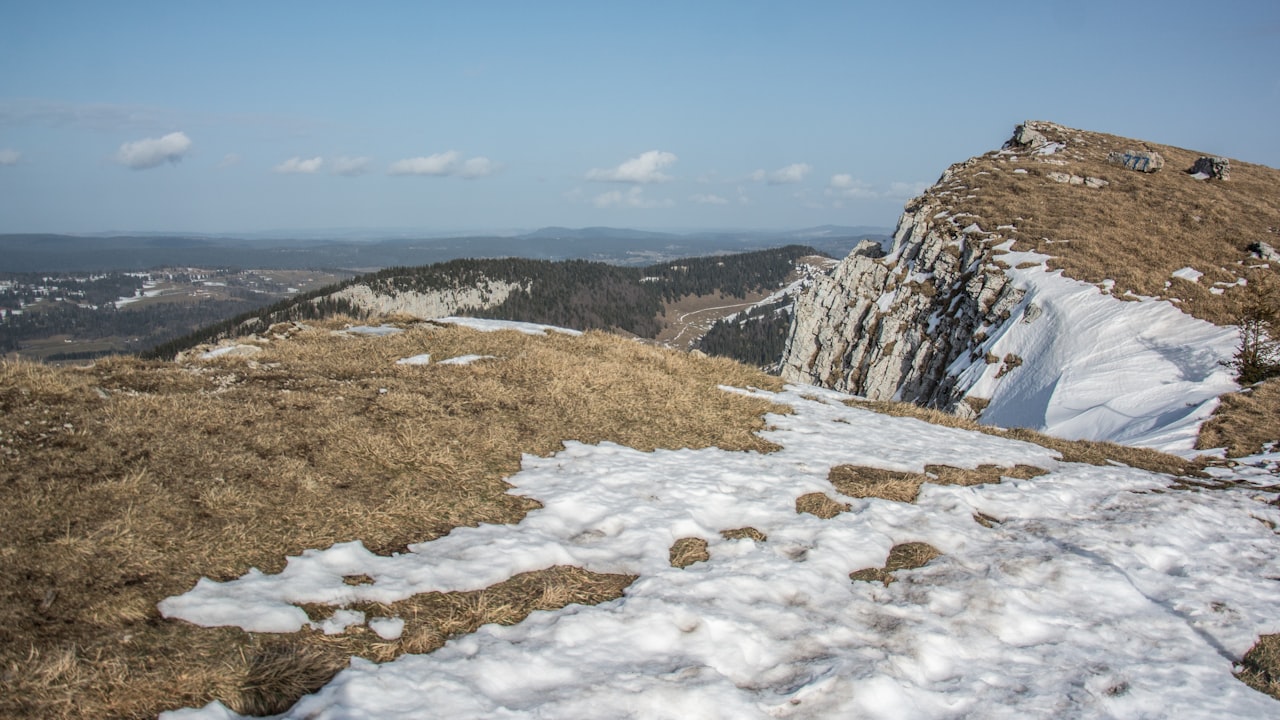Numerous fabrics are available worldwide, and all of them make commendable apparel. Everyone knows about classic fabrics like lawn, cotton, linen, etc. However, another in-demand fabric is the bullet fabric.
The fabric gets its name from its bulleted pattern on one side. The reverse side of the material is completely smooth, which characters it suitable for various crafts. Most sellers sell the fabric at reasonable rates. And it is readily available in online and physical cloth shops.
But why should you choose it over reputable materials like cotton and silk? What kinds of products can you make with it? Let’s find some great uses for the fabric.
What Is Bullet Fabric Made of, And How Much Does It Cost?
Bullet fabric also goes by another name, Bullet Liverpool fabric. The primary constituents of the material are spandex and polyester, which give it its signature bulleted texture. Polyester concentration within the fabric makes it stretchy, while the spandex provides firmness.
On average, the fabric costs about 2 to 5 dollars per yard. Therefore, it makes an affordable choice for a variety of crafts.
What Can You Make with Bullet Fabric?
After learning about new fabric, sewing enthusiasts are interested in the things it makes. Fortunately, the bullet fabric is a versatile fabric that you can use in various artistries. Some popular ideas are illustrated below.
Headbands and Epaulets
Headbands need a specific stiffness to stay in place. Although most artisans like to make them from cotton or knitted fabrics, bullet fabric is also a good choice. The fabric has a natural firmness, making it ideal for form-retaining crafts like headbands.
Epaulets also require rigidity to make the overall attire look formal. Shoulder straps or epaulets must be firm and up-to-form, and the bullet fabric can ensure that.
Jackets
Lightweight jackets make good use of bullet fabrics. Have you ever faced issues in maintaining palettes on the fabric? You can use stuffing with other materials, but it increases the project’s overall cost. Bullet fabrics provide firmness much inexpensively.
Blazers
Bullet fabrics are nowadays commonly used for making blazers. The textured surface gives a stylish and elegant look to the wearable. Blazers are standard garments in formal and casual outfits and usually require a firm structure, which bullet fabric guarantees.
How Do You Wash Bullet Fabric?
Bullet fabrics are easily washable. You can use cold water to clean the material and a low-speed tumble dry. It is also essential to shrink the fabric before sewing, so the final garment fits correctly.
Shrinking contracts the fabric up to 10%, so if you don’t shrink it before sewing, the final garment will shrink out of size.
Which Season Is Ideal for Bullet Fabrics?
Bullet fabrics are perfectly wearable in all seasons. However, the material may not deliver the needed breathability if the region’s temperature exceeds 35 degrees Celcius in summer.
For instance, the summer season is unbearably hot in countries near the equator, so the fabric becomes unsuitable. In comparison, it works well for the late summer and winter seasons. In cooler countries, you can wear it the entire year.
The Bottom Line
Bullet fabric is a perfectly textured material with a smooth reverse side to give a feathery feel. The material is ideal for making various crafts like blazers, skirts, headbands, etc. However, you can also use it to make firmness-demanding dresses like paletted frocks and beanies.
The fabric is versatile and wearable in all seasons; however, it depends on the overall intensity of the season. Most users like to wear them in cooler seasons. Bullet fabric shows a 10% contraction in the shrinking process. Hence, it is essential to shrink the piece before making the garment.
